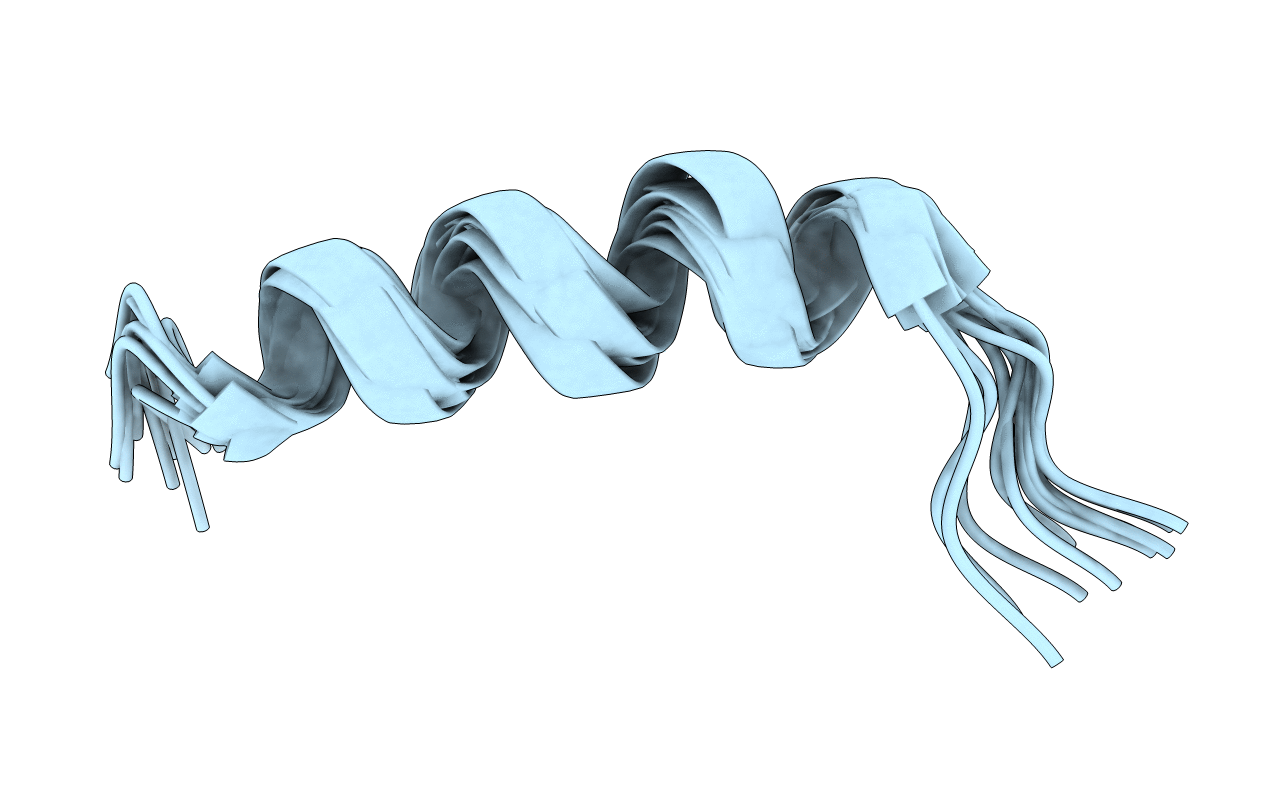
Deposition Date
2017-03-02
Release Date
2018-03-07
Last Version Date
2024-10-09
Entry Detail
PDB ID:
5V1E
Keywords:
Title:
Suboptimization of a glycine rich peptide allows the combinatorial space exploration for designing novel antimicrobial peptides
Biological Source:
Source Organism:
synthetic construct (Taxon ID: 32630)
Method Details:
Experimental Method:
Conformers Submitted:
10


